Mas de la Rosa 2019
Descrizione
Questo vino rosso del Priorat è fatto con le due varietà più famose della zona: Carinyena e Garnacha. Mas de la Rosa prende il nome da un vecchio vigneto (piantato tra il 1939 e il 1940) che ora è della Famiglia Torres. È fatto in quantità limitata e ci fa scoprire il magico terroir di una denominazione che ha fatto la storia del vino mondiale
Dettagli del prodotto
Degustazione
Vigna e preparazione
Recensioni degli esperti
The current release of their top Priorat is the 2019 Mas de la Rosa, from the 1.9-hectare 80-year-old plot in Porrera that I finally visited with Miguel Tores junior. It's an impressive amphitheater of old vines planted with Cariñena and Garnacha on three different types of slate. 2019 was a super-dry vintage, and it was also warmer than average. The wine was produced with 60% Cariñena and 40% Garnacha that reached 14.1% alcohol while it kept a low pH (3.31), denoting freshness and close to six grams of acidity, reflecting a powerful year with good acidity. The two varieties fermented separately in small stainless steel tanks, and like the blend did for the first time in 2018, the élevage was in a 1,500-liter oak vat and lasted 18 months. 2019 was very dry but was very good for the long-cycle zones; the grapes were very healthy in Porrera, and the wine is elegant, delicate, with moderate extraction, with the vineyard blend. 2019 was very good in Porrera, and the wine is as fresh or even fresher than the 2018. It’s lively and it has good acidity and fine tannins. Temperatures dropped prior to harvest, and the grapes took time to ripen; it finished being a cool vintage in the higher vineyards of the village. It shows the place and vintage, coming through as quite classical. 2019 shows very complete, with complexity and depth. 1,564 bottles, 75 magnums and 23 double magnums were filled in March 2022.
Fresh, pretty and nuanced nose that is all about blue fruit, flowers and mineral allure. Quite restrained, if not a little closed at this stage, then it opens up a bit more with some orange peel and fresh spice. A very textured red with lots of slate-like expressions in the medium to full body. Long, taut and effortlessly concentrated. Drink or hold.

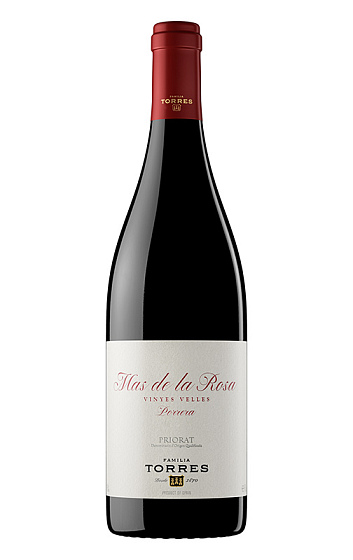


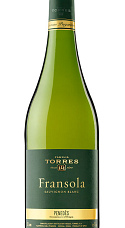
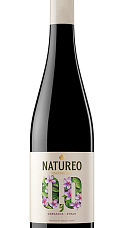
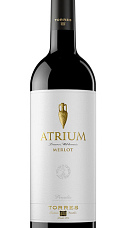
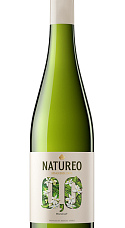






Annate: 2019 2018
Questa annata non è ancora stata recensita. Utilizza la navigazione qui sotto per vedere le recensioni delle annate precedenti.
Questa annata non è ancora stata recensita. Utilizza la navigazione qui sotto per vedere le recensioni delle annate precedenti.